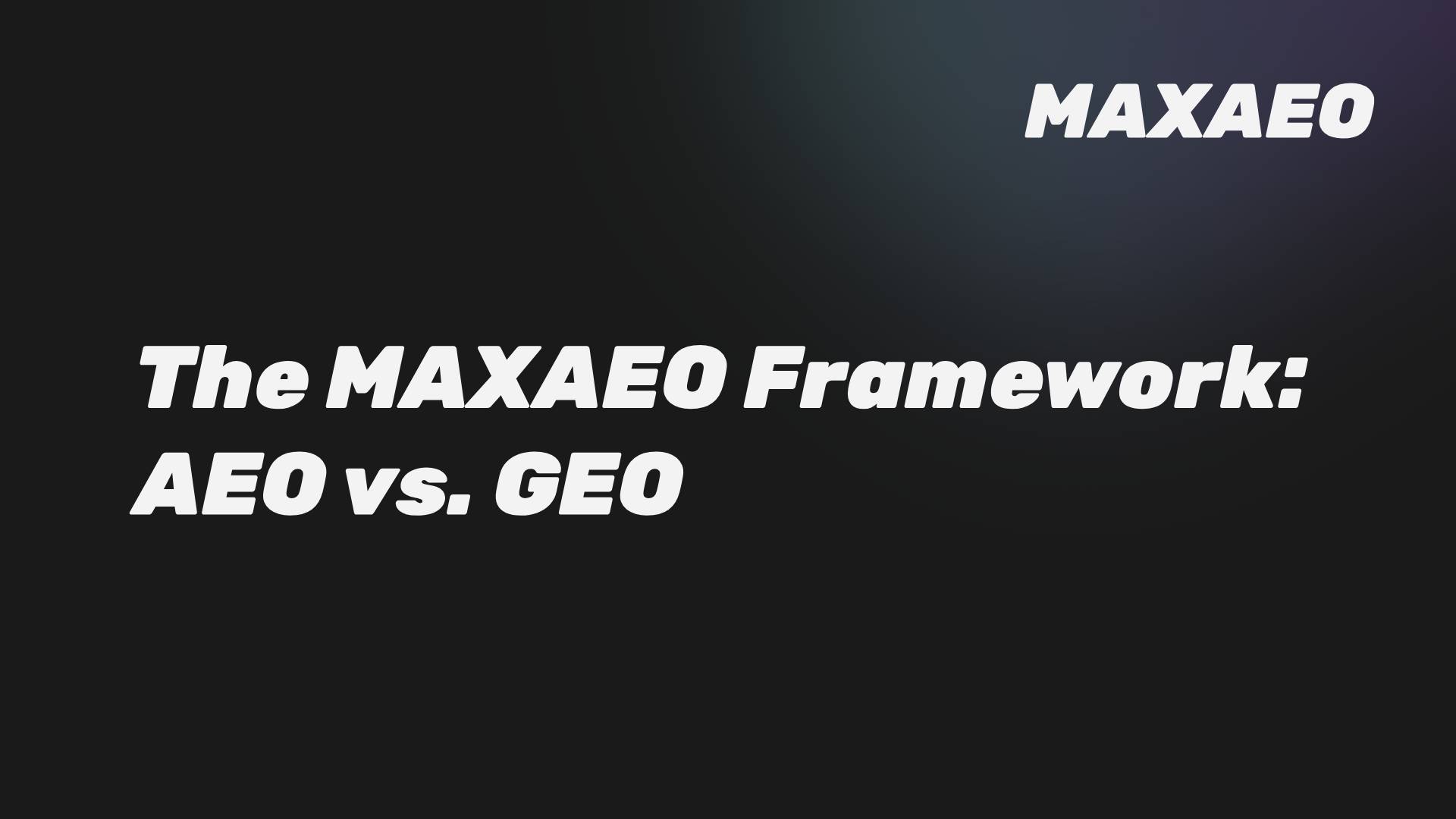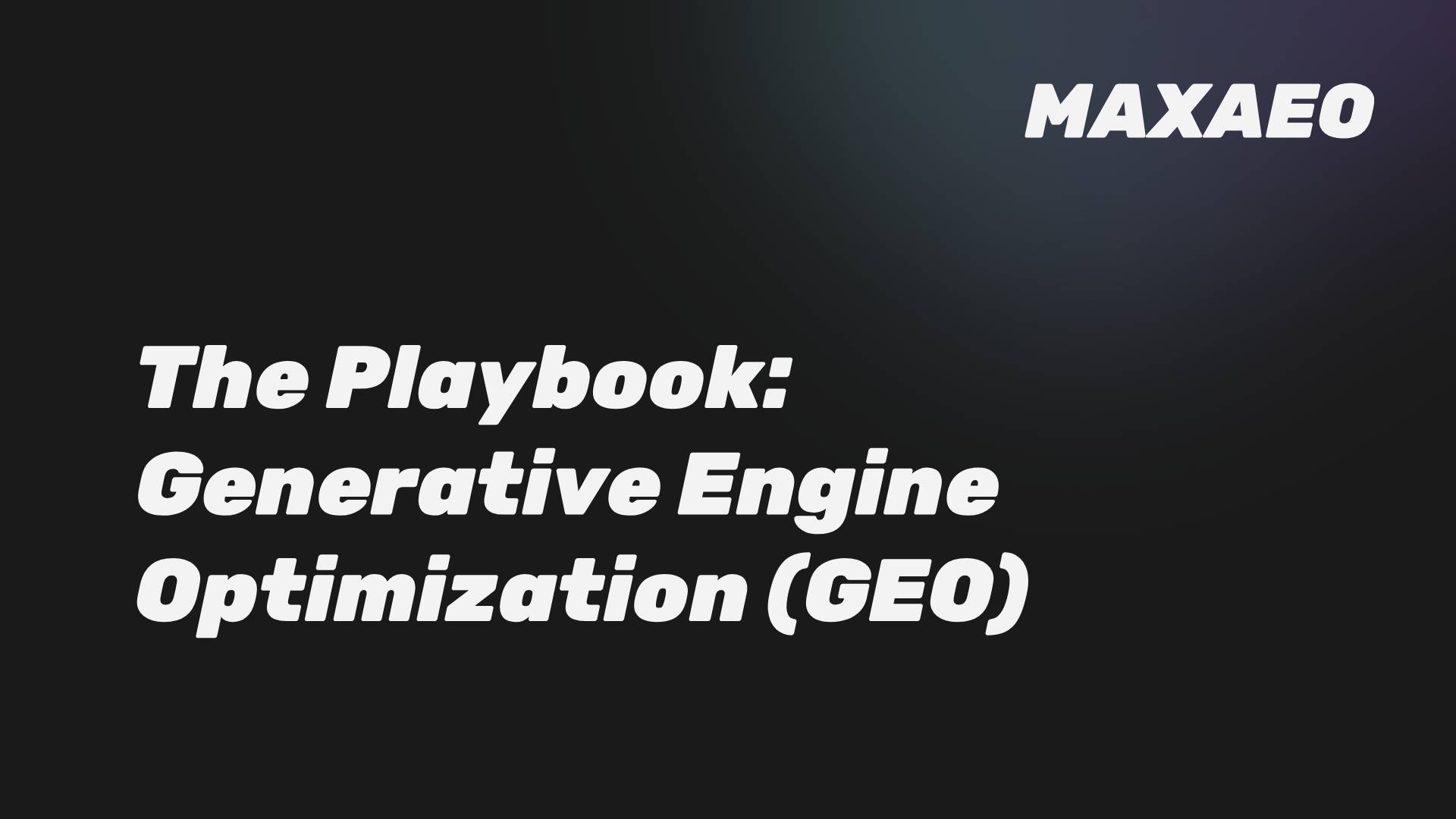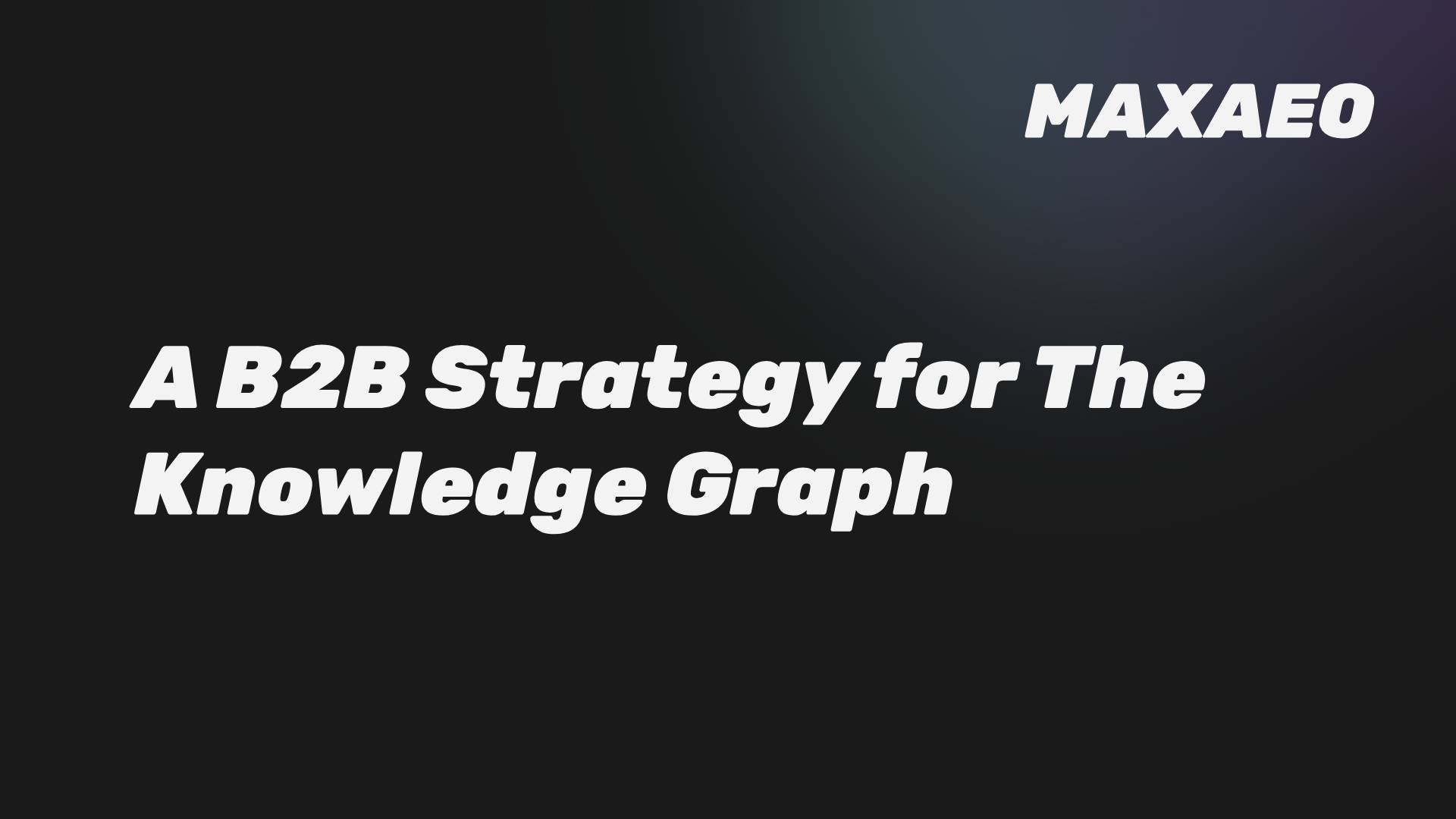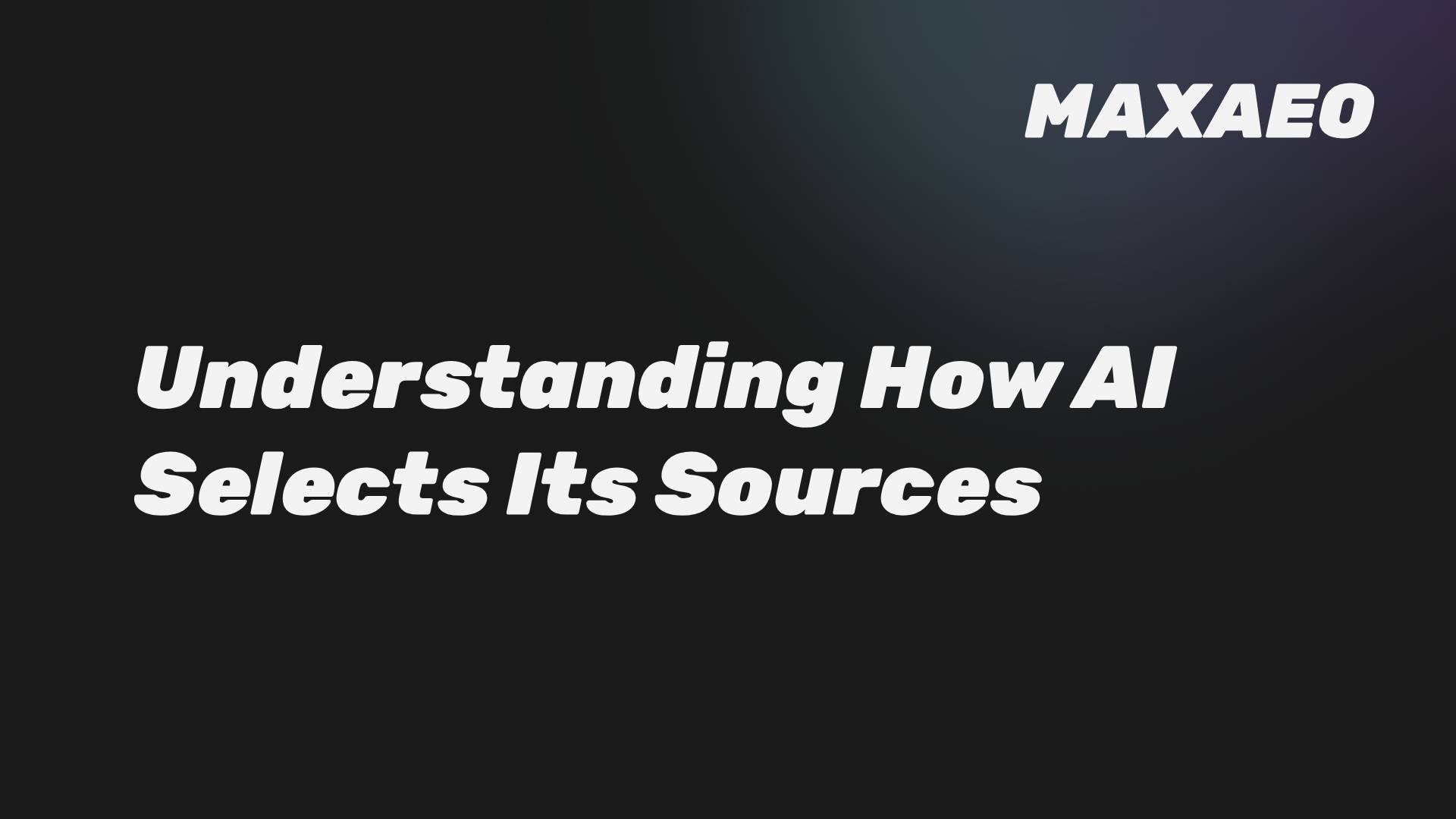· Anton Grant · Digital Marketing · 5 min read
How AI Search Engines Work: A Strategic Guide for B2B Leaders
A strategic guide for B2B leaders on how AI search engines work. Learn about RAG, LLMs, and the information synthesis process to adapt your AEO and GEO strategy for 2025.
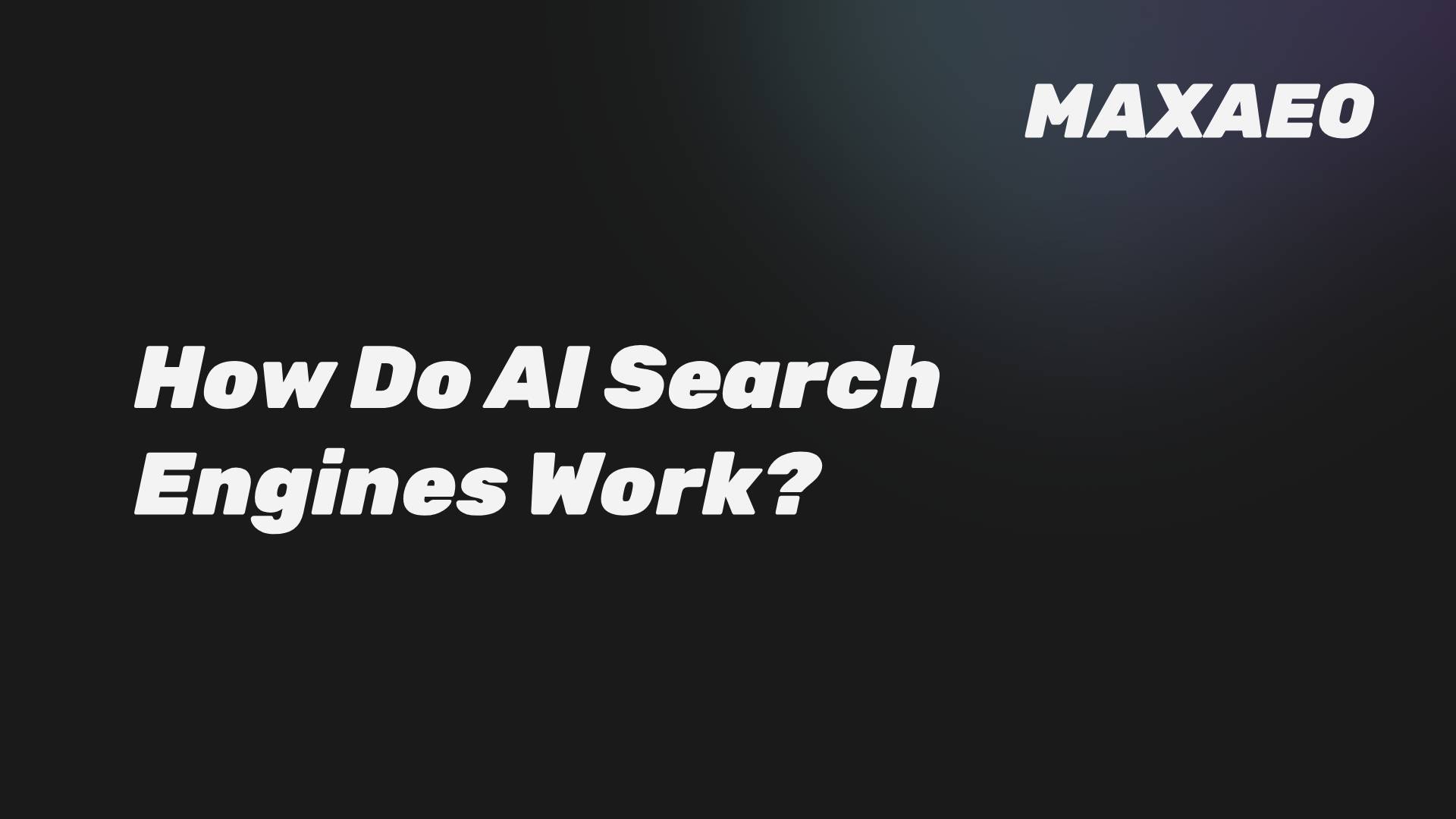
How AI Search Engines Work: A Strategic Guide for B2B Leaders
To win in the new era of Artificial Intelligence (AI) Search, you must understand your new gatekeeper. AI engines are not just an evolution of traditional search; they are a completely different mechanism for information discovery, evaluation, and delivery. For B2B leaders, mastering this new landscape requires looking inside the “black box” to understand how these systems think.This guide provides a clear, strategic breakdown of how AI search engines work. We will dissect the technical processes that power these platforms and translate them into the business implications and strategic levers you need to control to ensure your brand’s visibility and authority.
How is AI Search Fundamentally Different from Traditional Search?
The fundamental difference is that traditional Search Engine Optimization (SEO) targets an index that ranks links, while AI Optimization (AIO) targets a system that synthesizes information to generate an answer. One model points to sources; the other consumes them.
This distinction is critical. In traditional search, your goal is to be the most appealing link in a list. In AI Search, your goal is to be the most credible and useful source material for a single, consolidated answer.
How Do AI Search Engines Actually Generate an Answer?
AI search engines generate answers through a sophisticated pipeline that blends learned knowledge with real-time data. The dominant method is Retrieval-Augmented Generation (RAG), a multi-stage process that allows AI to provide fresh, relevant, and sourced responses.
Step 1: Query Understanding and Intent Analysis
First, the Large Language Model (LLM) parses the user’s conversational query to understand its true intent. It identifies the core entities (brands, products, concepts) and the relationships between them. For complex queries, the system may use a “query fan-out” technique, breaking the initial prompt into multiple sub-questions to research simultaneously.
Step 2: Information Retrieval (The “R” in RAG)
Next, the system retrieves relevant information. This is a hybrid process:
- Live Web Search: It queries a search index (like Google or Bing) to find a set of candidate web pages that appear relevant.
- Internal Knowledge: It also accesses its own pre-trained data to provide context and foundational knowledge.
The engine then filters these sources, prioritizing those with strong signals of authority—such as high organic rankings, citations from trusted domains, and a history of providing reliable information.
Step 3: Synthesis and Generation (The “G” in RAG)
The AI then takes the most authoritative retrieved content and synthesizes it. It extracts key facts, statistics, and arguments from multiple sources and weaves them into a single, coherent narrative.
This is the most critical stage for your brand. If your content is unstructured or your key messages are buried, the AI may misinterpret them or omit them entirely in favor of a competitor’s clearer, more easily extractable information.
Step 4: Applying Trust, Safety, and Quality Filters
Finally, the generated answer is passed through a series of filters. The system checks for factual accuracy (to the best of its ability), ensures the response is helpful and harmless, and may add citations or links back to the primary sources it used. The final output is the answer the user sees.
What Are the Strategic Levers We Can Pull?
Understanding this process reveals the key strategic levers that B2B leaders can use to influence AI search results. Your strategy must shift from a singular focus on your website to managing your brand’s entire digital ecosystem.
Lever 1: Engineer Content for Machine Readability (AEO)
The easier you make it for the AI to understand your content, the more likely it is to be used. This is the core of Answer Engine Optimization (AEO).
- Implement Structured Data: Use schema markup to provide the AI with unambiguous facts about your products, pricing, and company.
- Use Answer-First Formatting: Structure your content with clear, question-based headings followed by direct, concise answers.
- Ensure Technical Accessibility: Many AI crawlers cannot execute JavaScript. Ensure your critical content is rendered in the initial HTML to be accessible.
Lever 2: Build an Ecosystem of Algorithmic Trust (GEO)
The AI’s trust in your brand is determined by the consensus it finds across the web. This is the focus of Generative Engine Optimization (GEO).
- Prioritize Third-Party Authority: Earn mentions and citations from reputable media, industry reports, and platforms like Wikipedia.
- Cultivate User-Generated Signals: Encourage positive reviews and discussions on trusted forums. Platforms like Reddit are a key source for many AI models.
- Maintain Factual Consistency: Ensure your brand’s information is consistent and accurate everywhere it appears online.
Conclusion
AI search engines are not simply a new channel; they are a new paradigm for information discovery. For B2B leaders, success is no longer about winning a position on a list of links. It is about strategically engineering your brand’s digital presence to become a trusted and indispensable source for the AI itself.
By understanding the mechanics of how these engines work, you can move from a reactive to a proactive strategy. You can build a resilient brand presence that is prepared to win in a world where the answer is everything.
To uncover where AI can take your brand, let’s talk.
